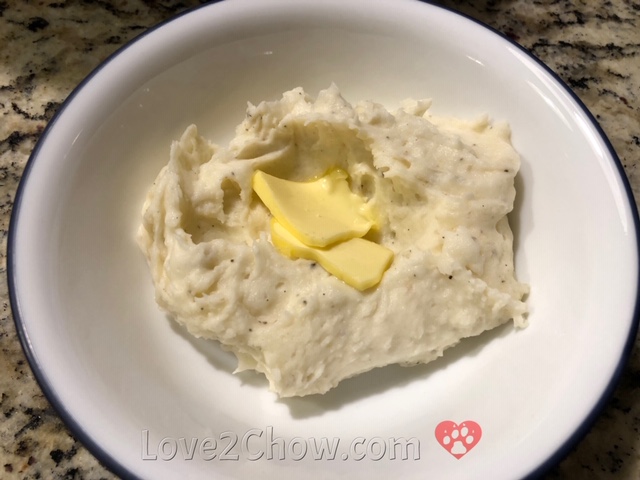Although generally playing a supportive "side-dish" role, potatoes and other underground treasures are so comforting and delicious that they are frequently the first to disappear in any holiday spread. Here are some of our family favorites.
 |
| Country-style mashed potatoes (recipe below) |
Who doesn't love a steaming plate of mashed potatoes, ready to absorb and deliver all those fabulous oils and juices emanating from well-seasoned vegetables and roasted meats? At our large Thanksgiving gatherings, we find ourselves tripling, then quadrupling recipes -- and still running out.
 |
| Cottage Pie - using Elise Bauer's recipe |
And potatoes are so inexpensive, you don't have to confine your enjoyment to the holidays. Mashed potatoes form an admirable base for all sorts of savory comfort foods such as Shepherd's pie (which happens to be gluten-free) and Mennonite chicken and noodles (served with buttered corn over mashed potatoes).
A brief primer on foods hidden underground
Not all underground plant-based foods are root vegetables. Some, such as potatoes and ginger, derive from specialized stems or runners. Others are bulbs and still others represent true root vegetables.
Modified Stems
Although they grow underground, some starchy vegetables originate from modified stems. These all have "eyes," which are tiny buds, each with a scale leaf, which can develop into a new plant.
Rhizomes are fleshy underground stems with eyes from which either stems or roots can grow. Rhizomes are connected to the main stems of these upright plants. Examples: ginger, tumeric, galangal, lotus, bamboo
Tubers are specialized bulbous stems emanating from branches of stolons (runners) that extend horizontally just above or under the ground level, although the tuber is always underground. Examples: potatoes, Jerusalem artichokes, jicama, taro, yams
Then there is the celeriac or celery root, which has a bulbous hypocotyl or lower stem from which roots arise at the base.
 |
| Cider Mashed Yams |
Bulbs
A true bulb contains a miniature sprout surrounded by layers of modified leaves. Examples: garlic, onion, daylily bulbs.
Then there is the delicious bulb-like fennel. A member of the carrot family, the "bulb" is formed by swollen layers of the stem base with its slightly sweet, anise flavor. The feathery leaves are reminiscent of dill and the entire plant is edible. Other bulb-like vegetables such as artichokes are actually flowers.
True Roots
Tap root vegetables exhibit swelling of the main root. These include carrots, radishes, beets, horseradish, Daikon, parsnip, turnips. Like parsley, another tap root plant, the leaves of many of these plants are also delicious. Beet greens are particularly tasty in my opinion, carrot tops less so.
Tuberous roots are modified secondary roots with enlargements involving the entire storage root or along the ends or middle of the branch. These include sweet potatoes (morning glory family) and cassavas.





















0 comments